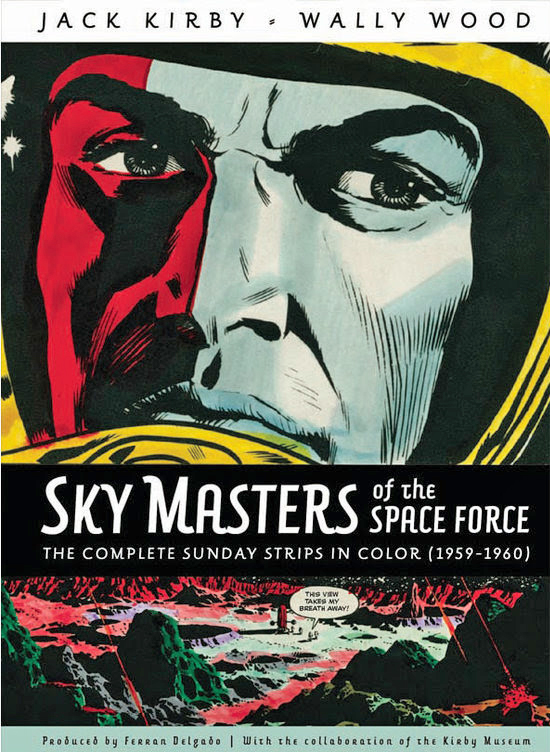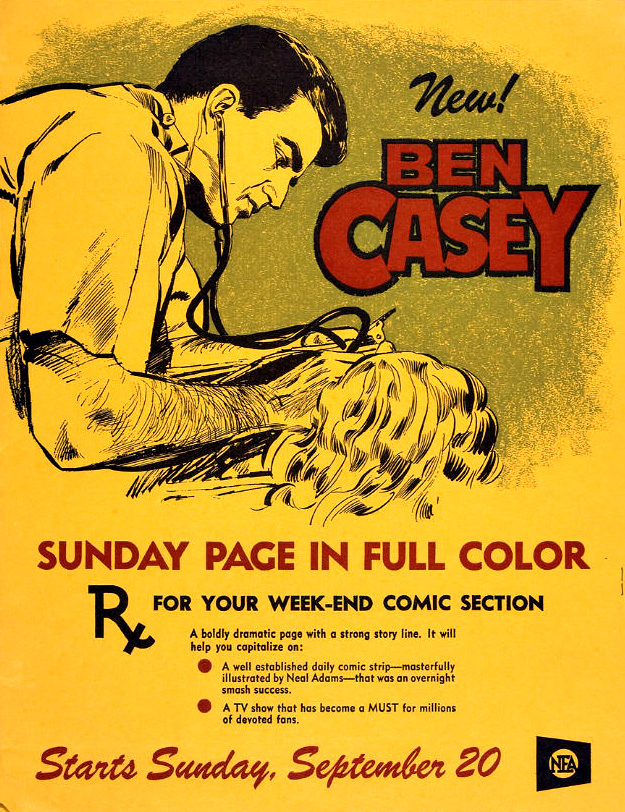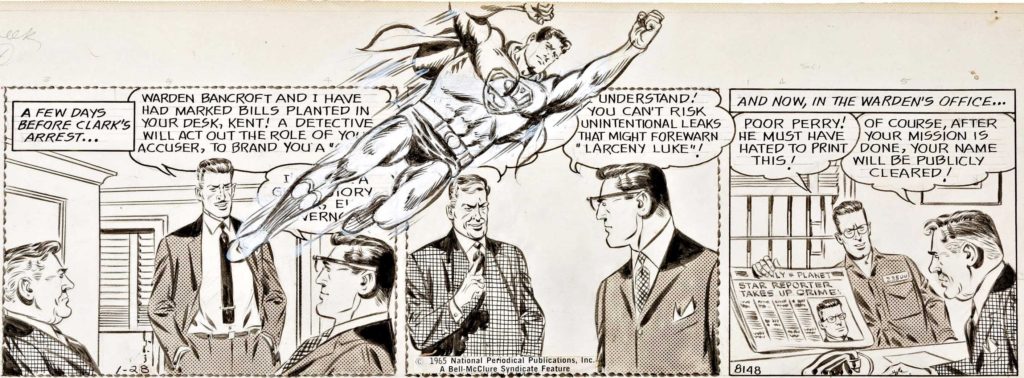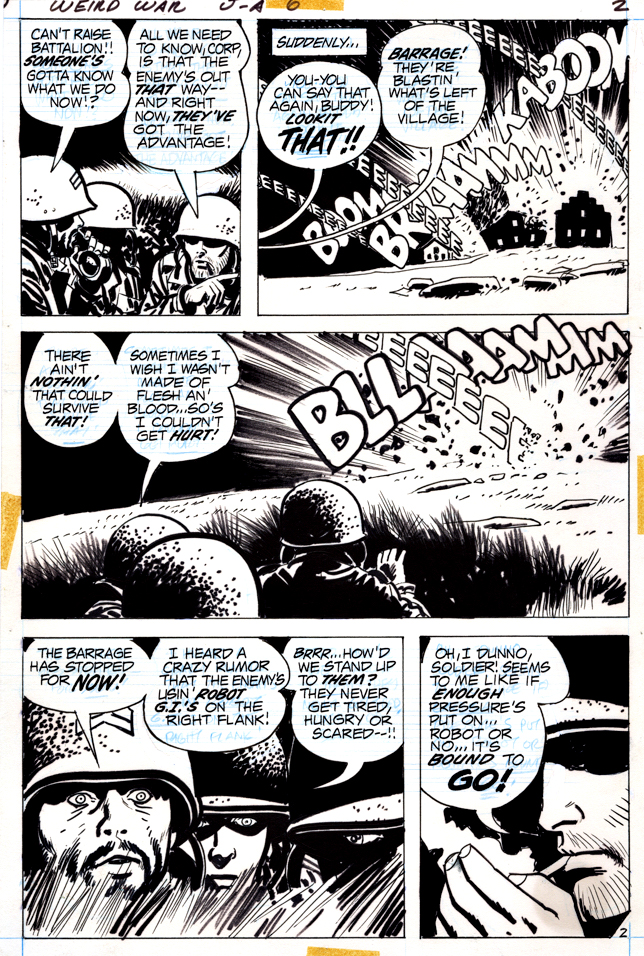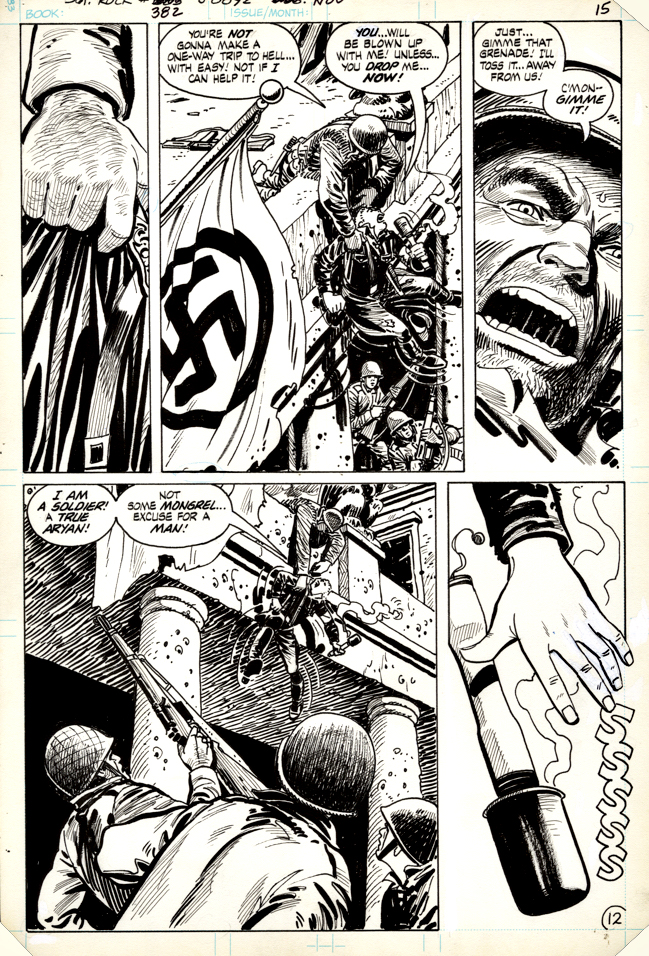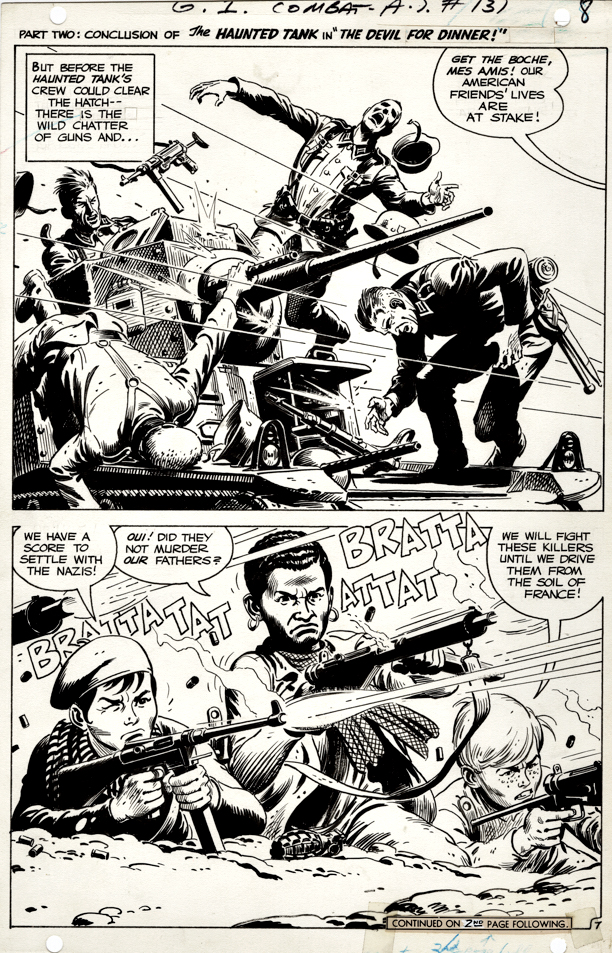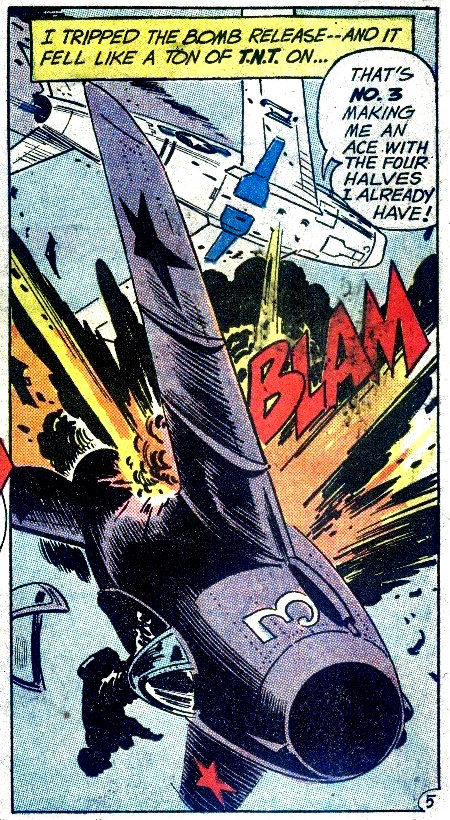Jim Lee — Divine
Divine Right, #1/2, July 1998
Divine Right: The Adventures of Max Faraday is Jim Lee’s final creator-owned project launched at WildStorm prior to DC Comics acquiring the company.
A number of fans called Jim a “sell-out” at the time, much in the same way they hollered when Jim and Rob Liefeld agreed to reboot some of Marvel’s classic superheroes a short while earlier. (Thank goodness contemporary social media hadn’t appeared yet, but let’s face it, trolls are still trolls.)
The Irony of that criticism? Being independent means making your own choices, on your own terms, whatever those might be.
And ultimately, the winnow swallowed the whale. DC became much more like WildStorm, rather than the other way around. And Jim of course became DC publisher.
As for Max Faraday? It was planned to be a mini-series, and has remained a “one and done” project with a complete collection finally appearing in 2014.
We continue with our month long celebration of the “Independents” — Independent creators and projects that continue to impact the comic book medium. See you back here on Thursday.








